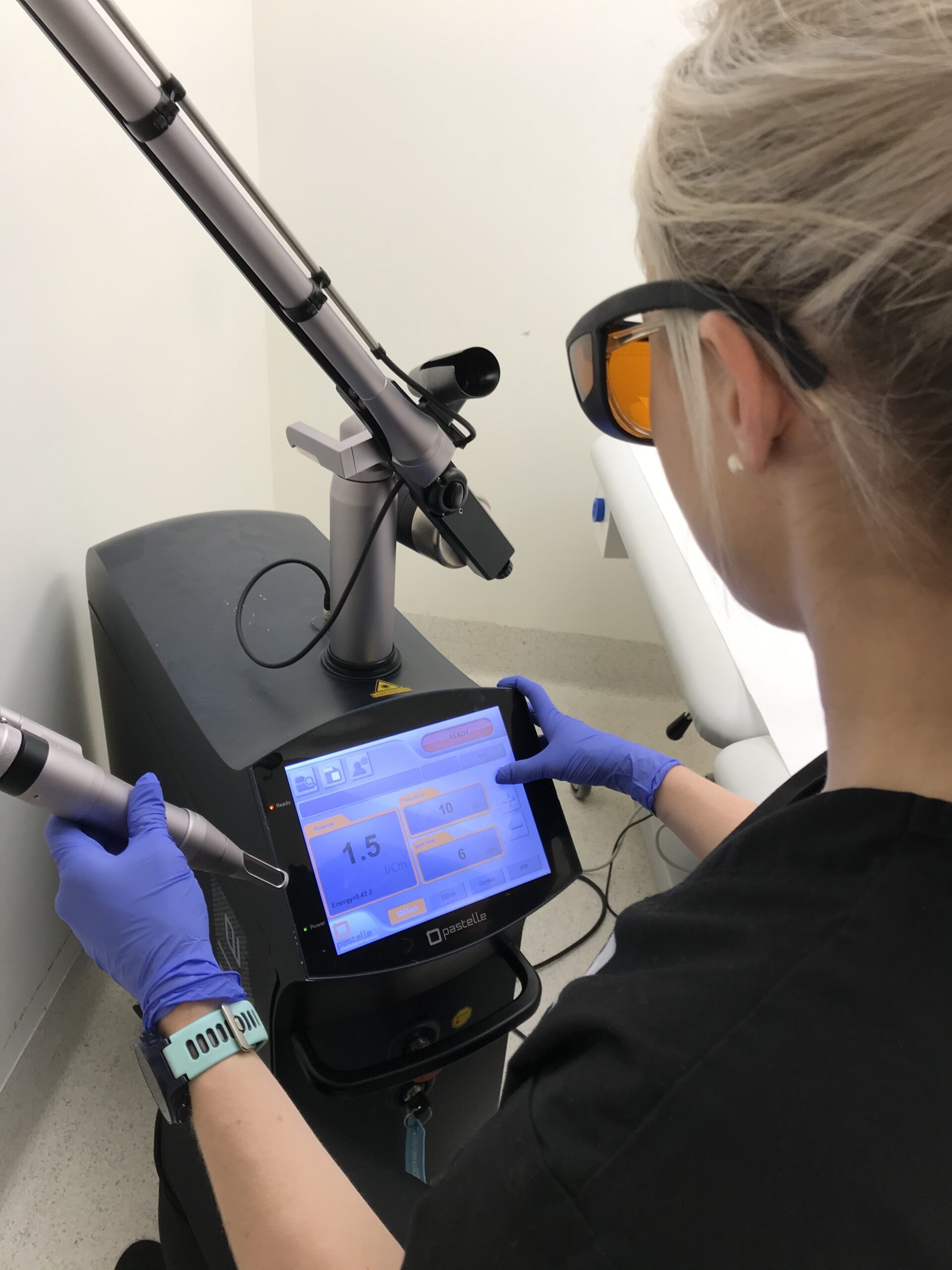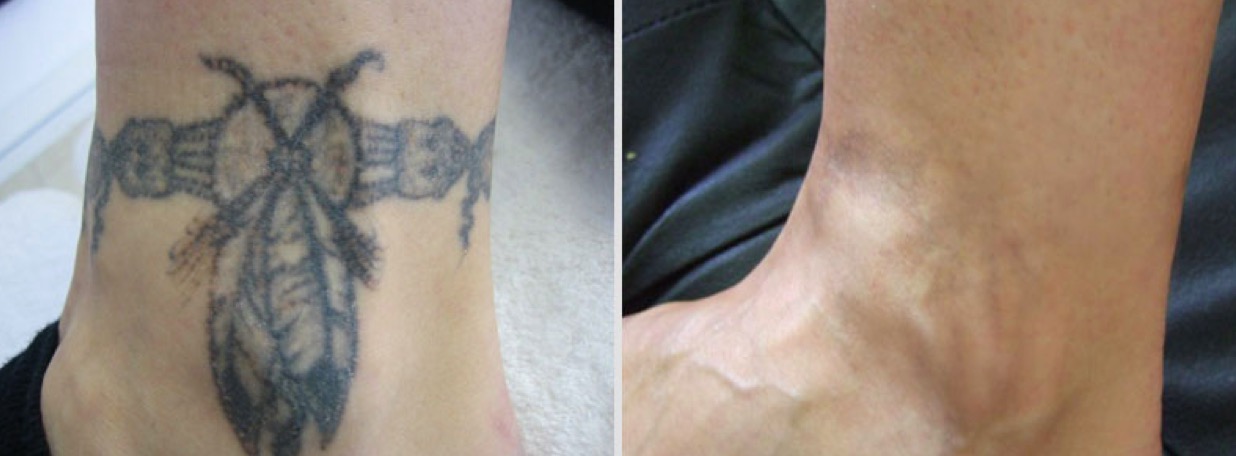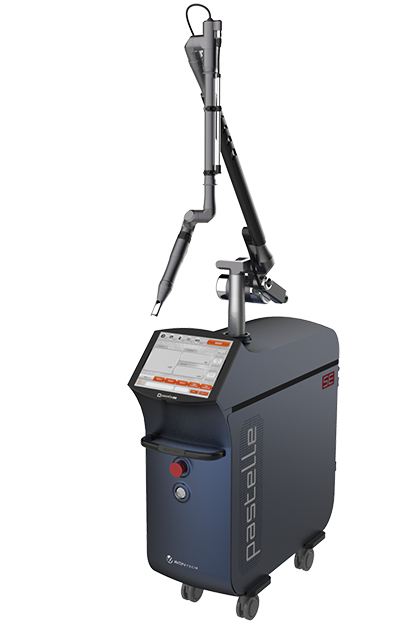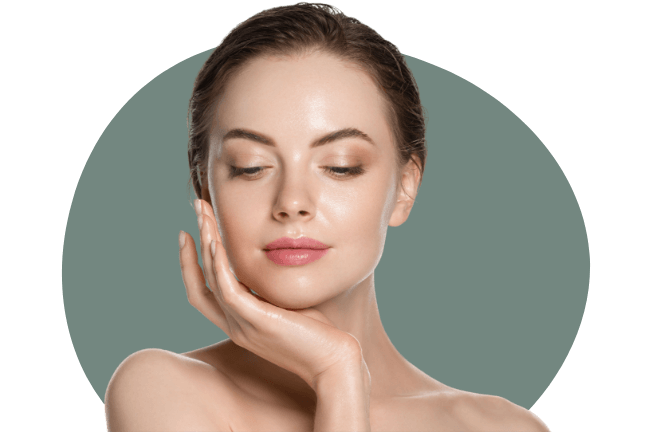What is Laser Tattoo Removal?

What types of tattoos can be treated?
- All ink colours- black, blue, red, green, purple
- Amateur and Professional Tattoos
- Cosmetic Tattoos
What is involved in a Tattoo Removal treatment?
Treatment of tattoos can be slightly uncomfortable and may require cream or injectable anaesthetic. If required, anaesthetic cream may be applied 30 minutes before the procedure. Cooling devices such as a Zimmer and Ice packs are also utilised to ensure treatment is as comfortable as possible.
Protective eyewear is required and provided during the procedure to protect your eyes.
What to expect after a Tattoo Removal treatment?
Depending on the characteristics of your tattoo and number of previous treatments, small watery blisters can form 24-48 hours after treatment. This is usually okay, however your practitioner should be notified.
Pre-Treatment:
- Perform any pre-treatment preparations as discussed with your Skinfluencer.
- Strict sun protection should be adhered to for 2 weeks prior to treatment. This includes wearing a SPF 50+ daily and reapplying every 2 hours. Avoidance of tanning is also required, if a recent tan is noticed your appointment will be required to be rescheduled to ensure adequate healing and eliminate risks of complications post procedure.
- If you have ever experienced a cold sore you must discuss this with your Skinfluencer. This will ensure no infections with the cold sore virus occurs during the healing phase.
- No makeup, moisturisers or sunscreens should be worn on the treatment day.


Post-Treatment:
-
A mild warmth or sunburn sensation may be experienced following treatment. Cool compresses or thermal water spray may be used to alleviate discomfort.
-
Erythema will be experienced following treatment.
- Swelling may be experienced. It is essential that whilst resting or sleeping that elevation is maintained at least 45degrees (two pillows).
- Small watery blisters may appear. Do not squeeze or pop them. Keep them covered and notify your practitioner.
- Skin crusts may appear as the area heals, this is expected. Do not pick.
-
Skin hydration is required to ensure the skin heals well. A hydrating gel or cream can be used and will be discussed by your practitioner
-
Sun protection should be adhered to always. This will reduce the risk of hyperpigmentation.

